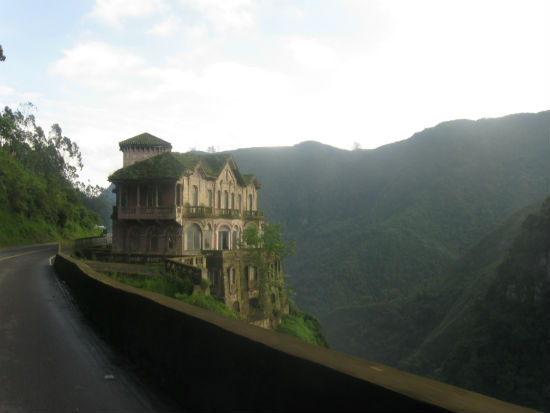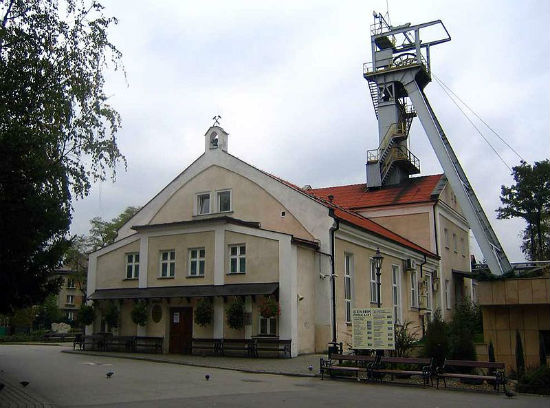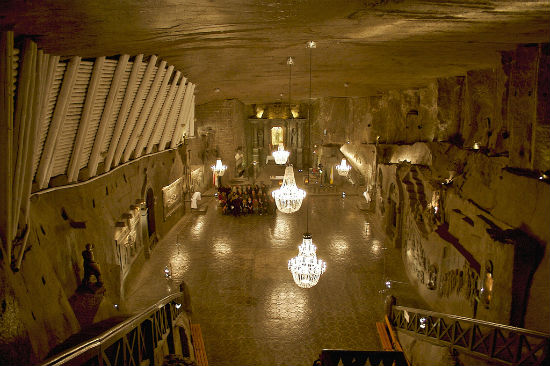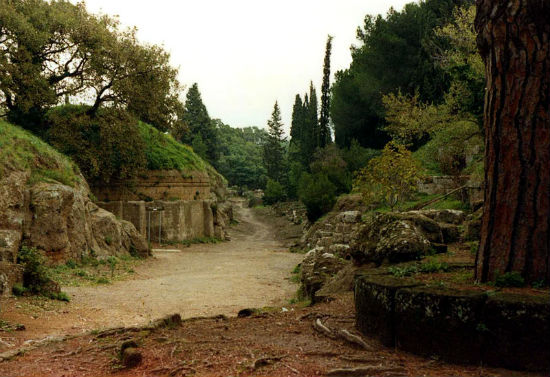Another installment in our series on abandoned places in the world.
1. Hotel del Salto, Tequendama Falls, Bogota River, Colombia
Overlooking Tequendama Falls, the Hotel del Salto was built in 1923 and designed by architect Carlos Arturo Tapias. Initially serving as a mansion, the structure was converted into a luxury hotel in 1950, but was abandoned during the 1990s due to the river’s contamination. Plans are presently underway of revamping the site into a museum. Many thanks to Amazon for this suggestion.
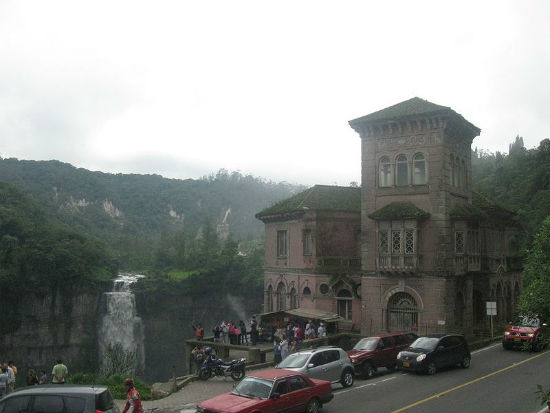
2. Wieliczka Salt Mine, Wieliczka, Poland
The Wieliczka Salt Mine was once the oldest salt mine in the world. Established in the 13th century and spread over nine levels, it produced table salt until 2007. The site features a number of underground churches, altars, galleries, and lakes that were carved out of the rock salt by the miners. If the scale and interior beauty still hasn’t convinced you to add it to your travel “bucket list,” perhaps you might want to consider engaging in a little “healthy sleep?” For all of PLN$ 120 (US$ 39), you can book an overnight stay 135 meters below the earth to rest your toxic-riddled body in what was formerly the Eastern Mountains’ Stable Chamber. If it was good enough for horses, it is surely good enough for you. Many thanks to Mean_Ol_Liberal for this suggestion.
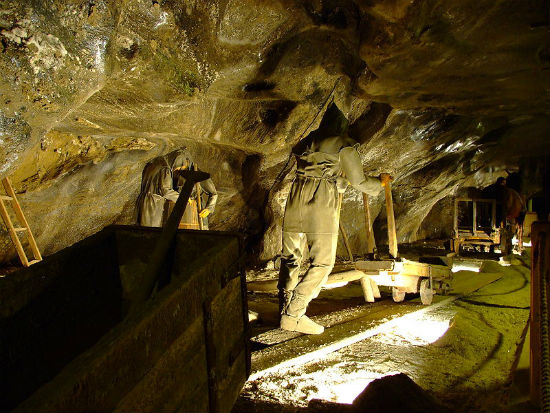

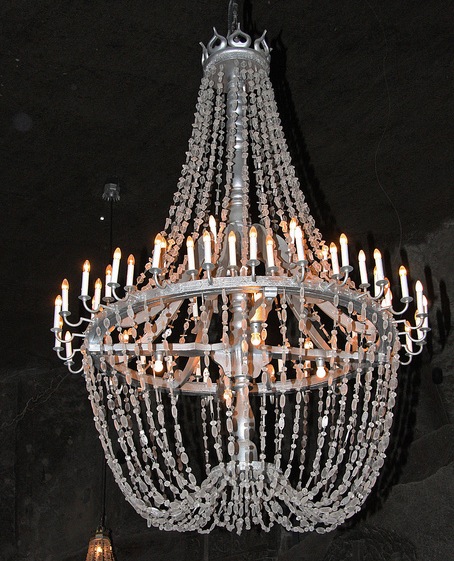
3. Necropolis of Tarquinia and Cerveteri, Rome, Italy
When researching the Necropolis of Tarquinia and Cerveteri, I couldn’t help but be reminded of Rumi’s words: Out beyond ideas of wrongdoing and rightdoing there is a field. I will meet you there. When the soul lies down in that grass, the world is too full to talk about. Ideas, language, even the phrase each other doesn’t make any sense. The “field” in this case are two large-scale cemeteries constructed by the Etruscans between the 9th and 1st centuries BCE. Organized in a city-like plan, with streets, piazzas, and neighbourhoods, many of the thousands of tombs (Tarquinia has upwards of 6,000) were replicas of Etruscan homes. Added to Unesco’s World Heritage List in 2004, the Necropolis of Tarquinia and Cerveteri remain popular tourist destinations.
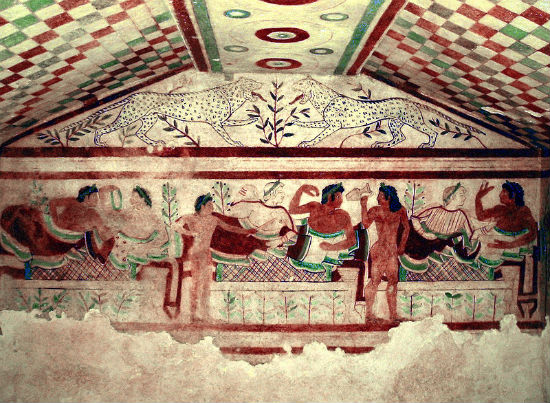 For previous entries, please click here.
For previous entries, please click here.

